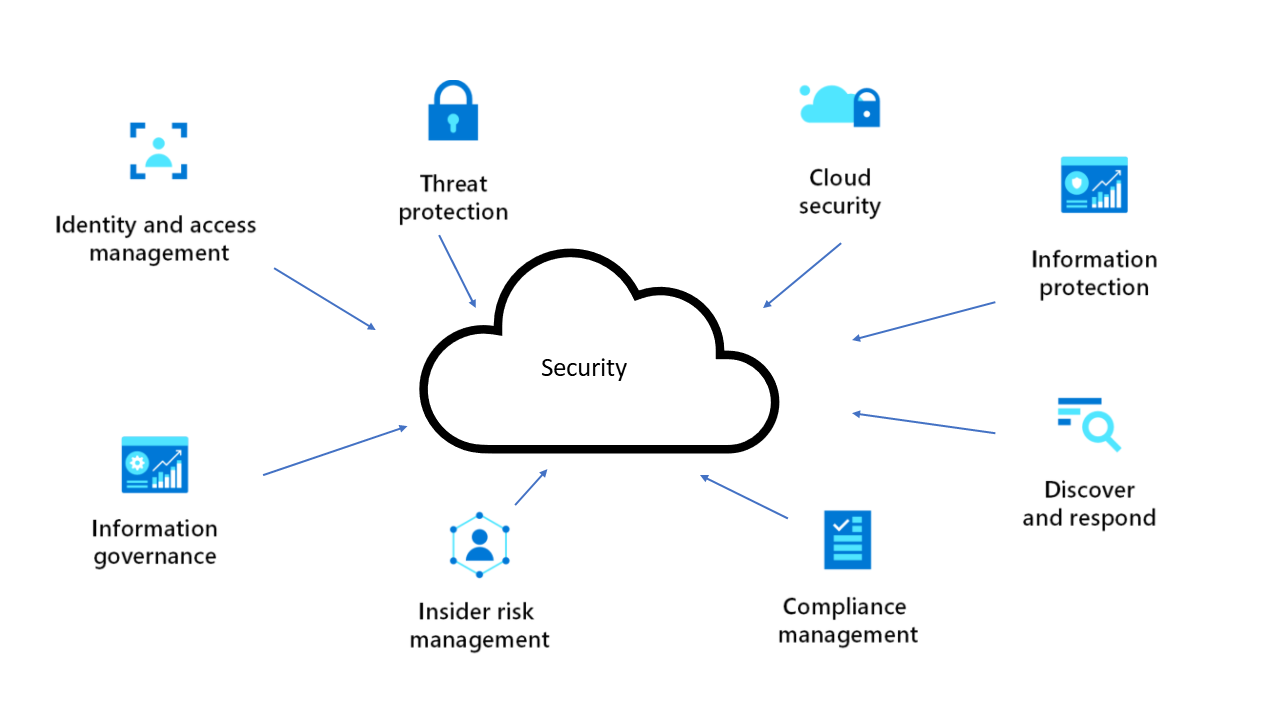The Role of Security Technology in Protecting Cloud Environments
As organizations increasingly migrate to cloud environments for their flexibility and scalability, ensuring the security of these cloud-based assets becomes paramount. Security technology plays a vital role in safeguarding cloud environments against a range of threats, from data breaches to cyberattacks. This blog post explores how security technology is essential for protecting cloud infrastructure, highlighting key measures, technologies, and best practices.
Understanding Cloud Security Challenges
1. Shared Responsibility Model
Cloud security operates under a shared responsibility model, where the cloud service provider (CSP) is responsible for securing the cloud infrastructure, while the customer is responsible for securing their data and applications within the cloud. Understanding this model is crucial for implementing effective security measures.
2. Data Privacy and Compliance

Organizations must ensure that their cloud environments comply with data privacy regulations and standards, such as GDPR, HIPAA, and PCI-DSS. Compliance involves protecting sensitive data and maintaining control over how it is stored and processed in the cloud.
3. Access Control and Identity Management
Managing user access and identities in the cloud can be challenging. Ensuring that only authorized users have access to specific resources is critical for preventing unauthorized access and data breaches.
Key Security Technologies for Cloud Environments
1. Encryption
Role in Cloud Security
Encryption protects data by converting it into a format that is unreadable without the appropriate decryption key. In cloud environments, encryption is applied to data at rest (stored data) and in transit (data being transmitted).
Benefits
- Protects Data Confidentiality: Ensures that sensitive data remains secure even if accessed by unauthorized individuals.
- Supports Compliance: Many regulations require encryption to protect personal and sensitive data.
2. Identity and Access Management (IAM)
Role in Cloud Security
IAM systems manage user identities and control access to cloud resources based on predefined policies. IAM ensures that only authorized users can access specific applications, data, and services.
Benefits
- Granular Access Control: Provides fine-grained control over user access, ensuring that users only have access to the resources they need.
- Improves Security Posture: Reduces the risk of unauthorized access and potential breaches.
3. Multi-Factor Authentication (MFA)
Role in Cloud Security
MFA enhances security by requiring users to provide multiple forms of verification before gaining access to cloud resources. This additional layer of protection helps prevent unauthorized access even if passwords are compromised.
Benefits
- Strengthens Authentication: Adds an extra layer of security beyond just passwords.
- Reduces Risk of Credential Theft: Mitigates the impact of stolen passwords by requiring additional authentication factors.
4. Cloud Security Posture Management (CSPM)
Role in Cloud Security
CSPM tools continuously monitor and manage cloud security configurations to ensure compliance with best practices and regulatory requirements. These tools identify misconfigurations, vulnerabilities, and compliance issues.
Benefits
- Automates Security Management: Provides continuous monitoring and automated alerts for configuration issues.
- Improves Compliance: Helps ensure that cloud environments adhere to security and compliance standards.
5. Cloud Access Security Brokers (CASBs)
Role in Cloud Security
CASBs provide visibility and control over cloud applications and services used within an organization. They enforce security policies, monitor user activity, and protect data across various cloud platforms.
Benefits
- Enhances Visibility: Provides insights into cloud application usage and data flows.
- Enforces Security Policies: Applies security policies to protect data and manage access across cloud services.
6. Threat Detection and Response
Role in Cloud Security
Advanced threat detection and response technologies use machine learning and artificial intelligence to identify and respond to potential threats in real-time. These tools analyze network traffic, user behavior, and system activities to detect anomalies and attacks.
Benefits
- Improves Threat Detection: Identifies potential threats and anomalies more accurately and quickly.
- Enhances Incident Response: Provides tools and processes for responding to security incidents in real-time.
Best Practices for Protecting Cloud Environments
1. Implement Strong Access Controls
- Use Role-Based Access Control (RBAC): Assign permissions based on user roles to ensure that individuals only have access to necessary resources.
- Regularly Review Access Permissions: Periodically review and update user access permissions to reflect changes in roles and responsibilities.
2. Encrypt Sensitive Data
- Encrypt Data at Rest and in Transit: Apply encryption to protect data stored in cloud environments and data being transmitted between users and cloud services.
- Manage Encryption Keys Securely: Use robust key management practices to safeguard encryption keys.
3. Adopt a Multi-Layered Security Approach
- Combine Security Technologies: Utilize a combination of security technologies, such as encryption, IAM, MFA, and threat detection, to provide comprehensive protection.
- Regularly Update Security Measures: Stay updated with the latest security technologies and practices to address emerging threats.
4. Monitor and Audit Cloud Environments
- Implement Continuous Monitoring: Use monitoring tools to continuously assess the security status of cloud environments and detect potential issues.
- Conduct Regular Audits: Perform regular security audits to ensure compliance with regulations and identify areas for improvement.
5. Educate and Train Employees
- Provide Security Training: Educate employees on cloud security best practices, including recognizing phishing attempts and managing access credentials.
- Promote a Security-Aware Culture: Foster a culture of security awareness to reduce the risk of human errors and insider threats.
Conclusion
Security technology plays a critical role in protecting cloud environments by providing essential measures to safeguard data, manage access, and detect threats. By implementing technologies such as encryption, IAM, MFA, CSPM, CASBs, and threat detection tools, organizations can enhance their cloud security posture and ensure robust protection against a range of cyber threats. Adopting best practices and staying informed about evolving security trends are key to maintaining a secure and compliant cloud environment.



